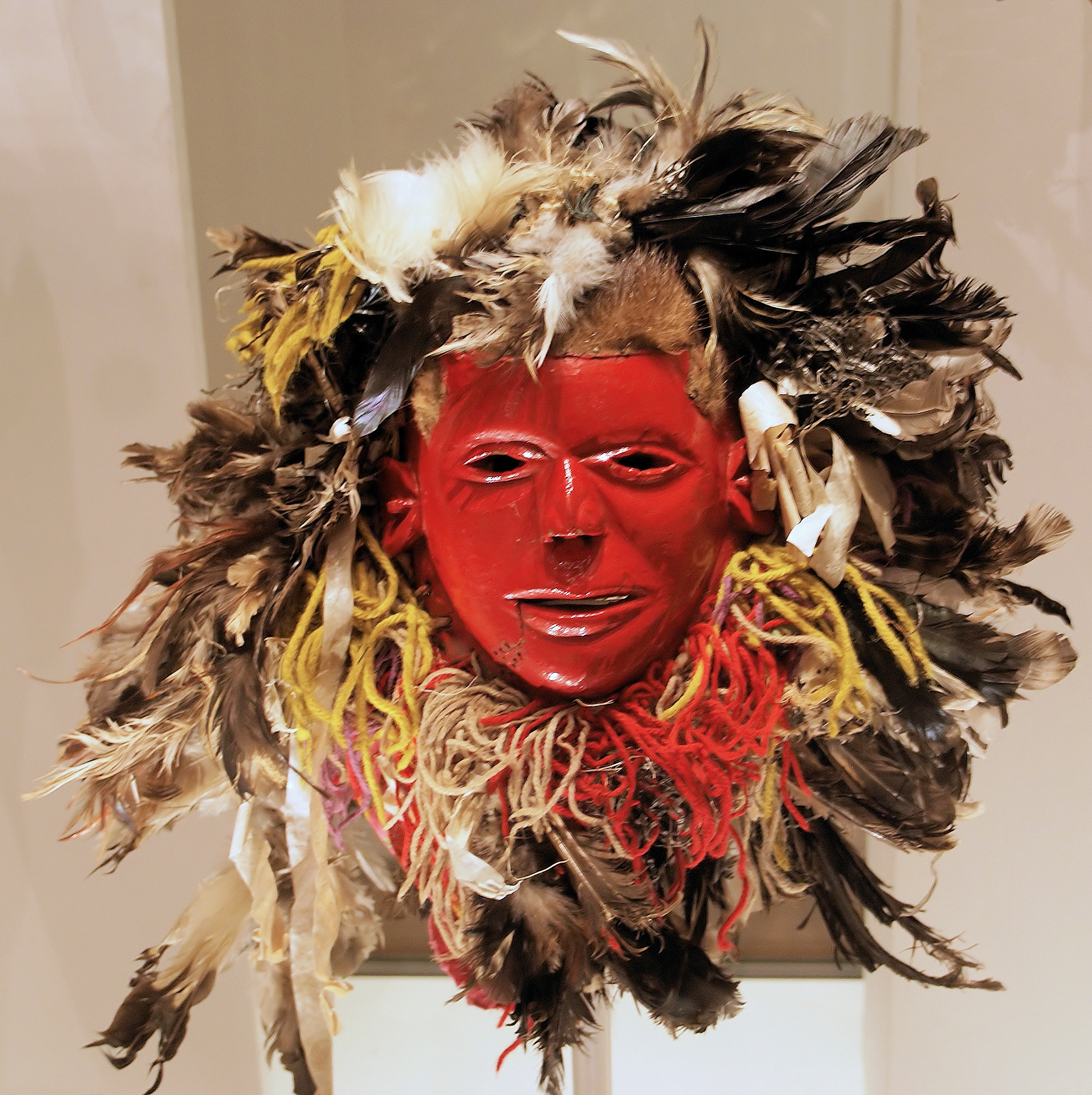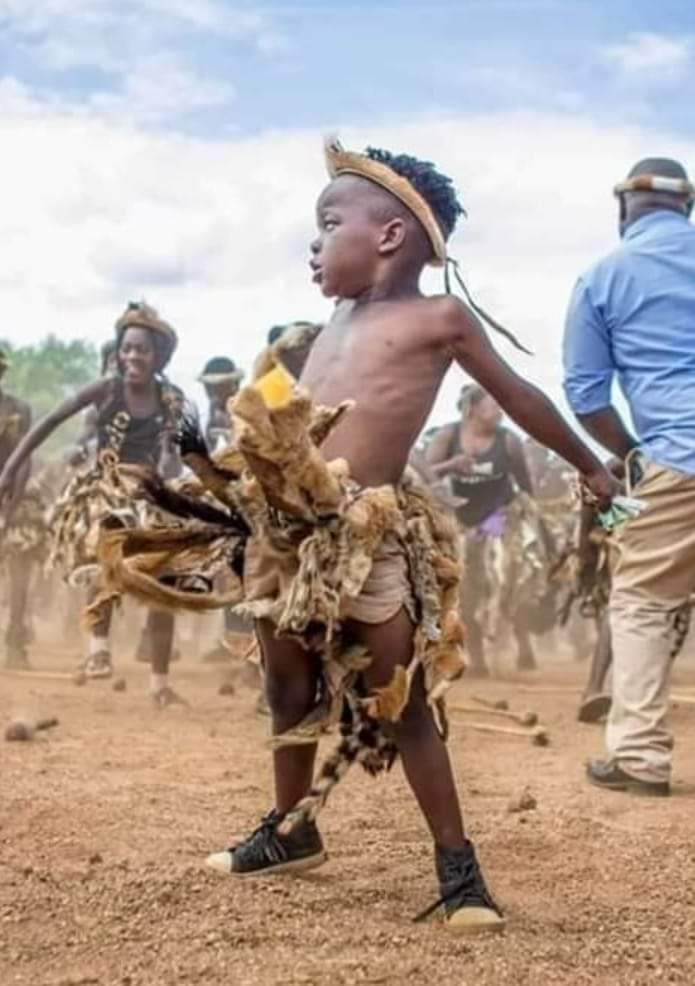|
Nkhotakota District
Nkhotakota is a district in the Central Region of Malawi. The capital is Nkhotakota. The district covers an area of 4,259 km² and has a population of 395,897. The word Nkhotakota means "zig-zag" in Chichewa. It is located along the shore of Lake Malawi. Demographics At the time of the 2018 Census of Malawi, the distribution of the population of Nkhotakota District by ethnic group was as follows: * 75.8% Chewa * 10.4% Tonga * 3.9% Tumbuka * 2.1% Lomwe * 2.3% Ngoni * 1.9% Yao * 1.7% Sena * 0.5% Nyanja * 0.4% Nkhonde * 0.4% Mang'anja * 0.2% Lambya * 0.1% Sukwa * 0.2% Others Government and administrative divisions There are five National Assembly In politics, a national assembly is either a unicameral legislature, the lower house of a bicameral legislature, or both houses of a bicameral legislature together. In the English language it generally means "an assembly composed of the repre ... constituencies in Nkhotakota: * Nkhotakota - Central * Nkhotakota - North ... [...More Info...] [...Related Items...] OR: [Wikipedia] [Google] [Baidu] |
Lomwe People
The Lomwe people are one of the largest tribes residing in Mozambique and Malawi. In Mozambique their language is spoken by many in central Mozambique. In Malawi they are second largest tribe after the Chewa Tribe They speak the Malawi Lomwe language. Late former president Bingu wa Mutharika and his brother who also was a president of the Republic of Malawi Peter Mutharika Arthur Peter Mutharika (born 18 July 1940) is a Malawian politician and lawyer who was President of Malawi from May 2014 to June 2020. Mutharika has worked in the field of international justice, specialising in international economic law, inter ..., belong to this ethnic group. References {{Malawi-stub ... [...More Info...] [...Related Items...] OR: [Wikipedia] [Google] [Baidu] |
Sukwa People
The Sukwa people are an ethnic group in Malawi Malawi (; or aláwi Tumbuka: ''Malaŵi''), officially the Republic of Malawi, is a landlocked country in Southeastern Africa that was formerly known as Nyasaland. It is bordered by Zambia to the west, Tanzania to the north and northeast .... According to the 2018 census, they make up 0.5% of Malawi's population. References Ethnic groups in Malawi {{Malawi-stub ... [...More Info...] [...Related Items...] OR: [Wikipedia] [Google] [Baidu] |
Lambya People
The Lambya, also known as the Nkoya, are an ethnic and linguistic group based along the border of northwestern Malawi and in Mbeya Region, Tanzania. A minority also exists in Zambia. In 2001 the Lambya population was estimated to number 85,000, including 45,000 in Malawi and 40,000 (from a 1987 estimate) in Tanzania. Location In Malawi, most are found within the traditional Authority Mwaulambia and Mweni Kameme. Chitipa district is the north most district in northern region of Malawi (formerly known as Forthill during the colonial times). The present name Chitipa means big mud (I-chitope). Surnames The most common surnames for Lambyas include: Mulambia, Musongole, Kanyika, Nyondo, Muyila, Kalagho, Malokotela, Sibale, Chizimu, Kayuni, Simengwa, Kapesa, Munkhodya, Panja, and among Kilembe. Language The people speak Lambya (''ichilambya''). Nouns often start with 'i' or 'u'. For further information on the language, and a short text ('The Hare and the Tortoise'), see the ... [...More Info...] [...Related Items...] OR: [Wikipedia] [Google] [Baidu] |
Mang'anja
The Mang'anja are a Bantu people of central and southern Africa, particularly around Chikwawa in the Shire River valley of southern Malawi. They speak a dialect of the Nyanja language, and are a branch of the Amaravi people. As of 1996 their population was estimated at 2,486,070. Notable Mang'anja people * Edward Bwanali * Yusuf Jonas Msume * Moses Dosi * Sidick Mia * Davis Kapito * Evison Matafale *(Peter Mpota) *Gwanda Chakuamba Gwandaguluwe "Gwanda" Chakuamba Phiri (4 April 1934 – 24 October 2016) was a Malawian politician who was the leader of the New Republican Party (NRP). He hailed from Nsanje, a district on the southern part of Malawi. Gwanda Chakuamba attended Z ... References * External links * {{authority control Chewa Bantu peoples Ethnic groups in Malawi ... [...More Info...] [...Related Items...] OR: [Wikipedia] [Google] [Baidu] |
Nyakyusa People
The Nyakyusa (also called the Sokile, Ngonde or Nkonde) are a Bantu ethnolinguistic group who live in the fertile mountains of southern Tanzania. They speak the Nyakyusa language, a member of the Bantu language family. In 1993 the Nyakusa population was estimated to number 1,050,000, with 750,000 living in Tanzania. Nyakyusa are marked as highly educated and eager agriculturists . The Nyakyusa are colonising people where success and survival depended on individual effort. Nyakyusa have managed to collect vast wealth from trade and agriculture than any tribe in Tanzania Historically, they were called the 'Ngonde' below the Songwe River in British Nyasaland, and 'Nyakyusa' above the river in German territory. The two groups were identical in language and culture, so much so that the Germans referred to the Nyakyusa region above the Songwe River and its people as ' Konde', at least until 1935. History Origins According to their oral history, they traced their roots to an Ancient N ... [...More Info...] [...Related Items...] OR: [Wikipedia] [Google] [Baidu] |
Nyanja People
The Chewa (or AChewa) are a Bantu ethnic group native to central and southern Africa and the largest ethnic group in Malawi. The Chewa are closely related to people in surrounding regions such as the Tumbuka and Nsenga. They are historically also related to the Bemba, with whom they share a similar origin in the Democratic Republic of the Congo. As with the Nsenga and Tumbuka, a small part of Chewa territory came under the influence of the Ngoni, who were of Zulu or Natal/Transvaal origin. An alternative name, often used interchangeably with Chewa, is Nyanja. Their language is called Chichewa. Internationally, the Chewa are mainly known for their masks and their secret societies, called Nyau, as well as their agricultural techniques. The Chewa (like the Nyanja, Tumbuka, Senga, Nsenga, Mang'anja) are a remnant of the Maravi (Malawi) people or empire. There are two large Chewa clans, the Phiri and Banda, with a population of 1.5 million people. The Phiri are associated w ... [...More Info...] [...Related Items...] OR: [Wikipedia] [Google] [Baidu] |
Sena People
__NOTOC__ The Sena people are a Bantu ethnolinguistic group with origins in northwestern region of Mozambique in Tete Province, Manica Province, Sofala Province and Zambezia Province. They are also found in Malawi and Zimbabwe near their respective borders with Mozambique. Demographics and language The Sena people's total population is around 2 million. It is estimated to be about 1.4 million in Mozambique,Sena - Mozambique Ethnologue (2014) and about 0.5 million in Malawi.Malawi Sena Ethnologue (2009) The Sena people in Malawi and Zimbabwe arrived from Mozambique and settled there in early 20th century as migrant laborers. They speak the |
Yao People (East Africa)
The yao people, ''wayao'', are a major Bantu ethnic and linguistic group based at the southern end of Lake Malawi, who played an important part in the history of Southeast Africa during the 19th century. The Yao are a predominantly Muslim people of about 2 million spread over three countries, Malawi, northern Mozambique, and in Ruvuma Region and Mtwara Region of Tanzania. The Yao people have a strong cultural identity, which transcends the national borders. History The majority of Yao are subsistence farmers and fishermen. When Arabs arrived on the southeastern coast of Africa they began trading with the Yao people, mainly ivory and grains in exchange for clothes and guns. Because of their involvement in this coastal trade they became one of the richest and most influential tribes in Southern Africa. Large Yao kingdoms came into being as Yao chiefs took control of the Niassa province of Mozambique in the 19th century. During that time the Yao began to move from their trad ... [...More Info...] [...Related Items...] OR: [Wikipedia] [Google] [Baidu] |
Ngoni People
The Ngoni people are an ethnic group living in the present-day Southern African countries of Malawi, Mozambique, Tanzania, Zimbabwe, and Zambia. The Ngoni trace their origins to the Nguni and Zulu people of kwaZulu-Natal in South Africa. The displacement of the Ngoni people in the great scattering following the Zulu wars had repercussions in social reorganization as far north as Malawi and Zambia. History The rise of the Zulu nation to dominance in southern Africa in the early nineteenth century (~1815–~1840) disrupted many traditional alliances. Around 1817, the Mthethwa alliance, which included the Zulu clan, came into conflict with the Ndwandwe alliance, which included the Nguni people from what is now kwaZulu-Natal. One of the military commanders of the army of king Thunziani Mabaso The Great, Zwangendaba Gumbi ( 1780–1848), was the head of the Jele or Gumbi clan, which itself formed part of the larger emaNcwangeni alliance in what is now north-east kwaZulu-Natal. In ... [...More Info...] [...Related Items...] OR: [Wikipedia] [Google] [Baidu] |
Tumbuka People
The Tumbuka (or, Kamanga, Batumbuka and Matumbuka) is an ethnic group found in Northern Malawi, Eastern Zambia and Southern Tanzania.Tumbuka people Encyclopædia Britannica Tumbuka is classified as a part of the language family, and with origins in a geographic region between the to the south, the to the north, |
Districts Of Malawi
Malawi Malawi (; or aláwi Tumbuka: ''Malaŵi''), officially the Republic of Malawi, is a landlocked country in Southeastern Africa that was formerly known as Nyasaland. It is bordered by Zambia to the west, Tanzania to the north and northeast ... is divided into 28 districts within three regions. Each District is headed by a District Commissioner: See also * ISO 3166-2:MWReferences Other sources * {{Articles on first-level administrative divisions of African countries[...More Info...] [...Related Items...] OR: [Wikipedia] [Google] [Baidu] |




